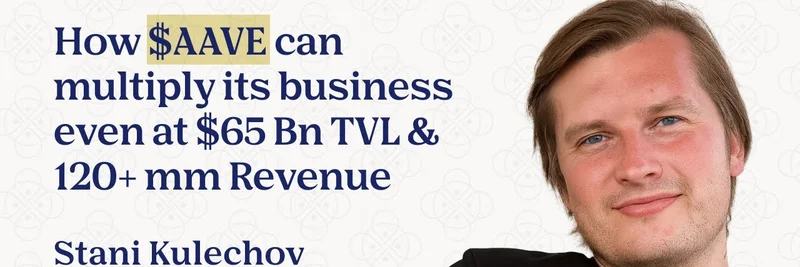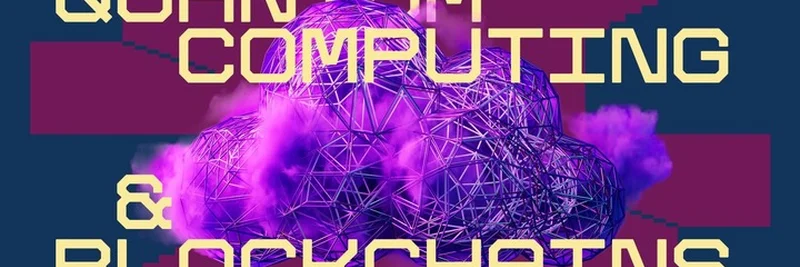In the fast-paced world of DeFi, Aave continues to stand out as a powerhouse. Recently, in a BidCast interview shared on X by @bidclubio, Aave founder Stani Kulechov sat down with host Jason Kam to discuss the protocol's impressive financial metrics and ambitious plans for the future. If you're into meme tokens and the broader crypto ecosystem, understanding how platforms like Aave evolve can give you an edge in spotting opportunities where DeFi intersects with viral assets.
Aave has hit an all-time high of $65 billion in total value locked (TVL), with $27 billion borrowed out. This translates to an annualized revenue run rate of around $120-130 million, thanks to a slim 50 basis points net interest margin. For those new to the term, TVL is basically the total amount of assets deposited into the protocol, acting as a key indicator of its popularity and utility in DeFi lending.
Kulechov emphasized that Aave's focus remains on growth rather than squeezing margins. "Lending is a slim margin business," he noted, highlighting how the protocol prioritizes market positioning over short-term profits. With DeFi still in its early stages, Aave aims to capture more market share by keeping fees competitive.
One standout initiative is the expansion of Aave's native stablecoin, GHO. Currently at about $350 million in supply, the goal is to scale it to $500 million by year-end and over $2 billion by the end of 2026. Why does this matter? GHO is minted directly through the protocol without relying on liquidity providers, meaning Aave captures a higher share of the borrowing fees—potentially 10x more efficient than lending out USDC or USDT. At $1 billion in GHO borrowed, it could generate revenue equivalent to $10 billion in other stablecoins.
To fuel this growth, Aave plans to use treasury funds for incentives, like rewarding GHO savers and borrowers. A savings product tied to GHO is already live, offering yields around 4-5% with predictable borrow rates set by governance. This stability could make GHO a go-to for meme token traders looking to borrow without wild rate swings.
Another game-changer is Horizon, Aave's permissioned market for real-world assets (RWAs). Launching soon, it allows users to borrow stablecoins against tokenized assets like treasury funds or credit ETFs, all while complying with KYC requirements at the asset issuer level. Kulechov sees Horizon evolving into a 24/7 repo market for RWAs, potentially reaching $10 billion in borrow volume over time. For meme enthusiasts, this could mean easier access to liquidity for tokenized strategies that blend crypto volatility with traditional stability.
Kulechov also teased Aave v4, a modular architecture with "hubs" for core liquidity and "spokes" for specialized strategies. This setup lets developers spin up custom markets—like using AMM LP positions as collateral—without bootstrapping liquidity from scratch. It could double Aave's revenue by enabling riskier, higher-margin lending while isolating risks.
On tokenomics, Aave's $52 million annual buyback program (about $1 million weekly) funds the Umbrella insurance module, reducing circulating supply and rewarding stakers. Net emissions are trending toward zero, with potential for burns once growth stabilizes. Kulechov hinted at experimenting with dividends or share increases for holders as revenue climbs.
Wrapping up, Kulechov views Aave as market-neutral, thriving in both bull and bear cycles through leveraging and liquidity unlocks. With plans to integrate more with traditional finance and scale DeFi infrastructure, Aave is positioning itself as the backbone for the next wave of crypto innovation—including meme tokens that often rely on lending protocols for leverage.
For the full interview, check out the YouTube video or the BidClub summary. Stay tuned to Meme Insider for more on how DeFi giants like Aave influence the meme token landscape.



